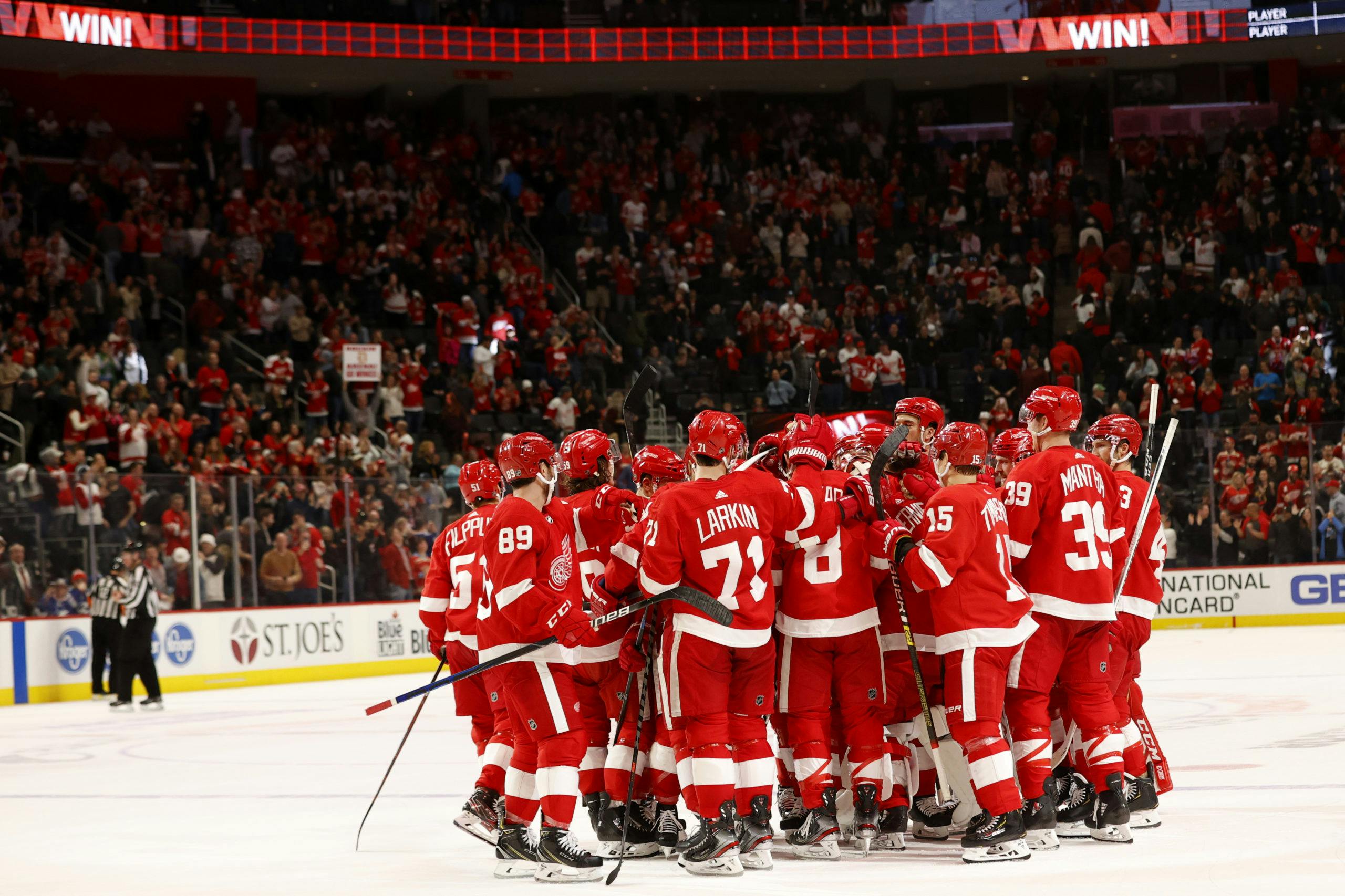If this is it, where exactly does the 2019-20 Red Wings rank in the salary cap era?

By Cameron Kuom
4 years agoNo one knows what is forthcoming for the NHL in the coming months. Not Gary Bettman. Not Bill Daly. No one.

A timetable of any kind just would not be appropriate at this current juncture. The uncertainty of the coronavirus crisis has left many concerned with how their daily life will be affected, let alone pondering when the NHL will resume play. The league has made it clear the goal is to continue the season and ultimately crown a champion, but that won’t be under their control.
Hopefully, answers will come in time. All options are still on the table and, depending on how long the league hiatus lasts, they could range from traditional ideals to radical craziness. Unprecedented times could call for unprecedented measures. Or, maybe not. If a postseason does happen will the regular season be finished first? Jump straight into postseason hockey? Nothing at all?
Again, no one knows. But there is a reality where the Red Wings have played their final game of the 2019-20 season. In that scenario, we are looking at one of the worst regular seasons in the salary cap era, and that includes the arbitrary finish asterisk. The numbers are not pretty, no matter how you slice it.
Lets first clear up the games played difference. The only time teams have played less than 82 games was in the lockout shortened 2012-13 season, to which 48 games were played. This season is obviously in unique territory, as by lacking a uniform games played number for all teams. Considering that, points percentage will tell the tale. The Red Wings’s .275 points percentage is comfortably the worst in the salary cap era. The 2016-17 Colorado Avalanche are the only team in sight (.293). On an optimistic note, Detroit only trailed Colorado by one less regulation win (RW), despite playing 11 less games.
The ten worst point percentages in the salary cap era:
| Team | Point Percentage |
| 2019-20 Red Wings | .275 |
| 2016-17 Avalanche | .293 |
| 2013-14 Sabres | .317 |
| 2014-15 Sabres | .329 |
| 2014-15 Coyotes | .341 |
| 2006-07 Flyers | .341 |
| 2005-06 Blues | .348 |
| 2005-06 Penguins | .354 |
| 2008-09 Islanders | .372 |
| 2012-13 Panthers | .375 |
Breaking down how they ended up on track for the least amount of points over an 82-game schedule, the statistics remain pretty in-line with their trajectory. This season alone, they ranked last in goals-per-game, goals-against-per-game and penalty kill percentage. Power play wise they came in third last, which is relative progress (I guess?). Across the salary cap era field, that remains fairly consistent.
Below is where they rank in key categories among teams since the 2007-08 season (the furthest the data goes back). All numbers listed come from all situations and are either percentage-share or per-60 variants (to account for the difference in games played).
| Statistic | Rank |
| 44.15 CF% | 12th worst |
| 41.96 xGF% | 4th worst |
| 1.97 GF/60 | 5th worst |
| 3.75 GA/60 | Dead last |
The dead last mark in goals against is quite alarming. That likely explains their salary cap worst goal differential of -122. The Sabres in 2015 (-113), Avalanche in 2017 (-112), Coyotes in 2015 (-102) and Blues in 2006 (-95) are the nearest in sight.
So the jarring question is: Exactly how bad was this year’s team? After a brief overview, they haven’t runaway as the worst team of the salary cap era, but are certainly up there. Goals against wise, this might not even be a contest. Their drop off compared to others may be responsible for the perception they’ve garnered. On the special teams front, the power play is far from the bottom. The penalty kill is a different story, however, and may even have an argument as the worst in the salary cap era.
Take your pick between the 2020 Red Wings, 2017 Avalanche, 2015 Sabres and 2007 Flyers. These are the teams with the best (or worst?) argument to be made.
Statistics via Evolving Hockey and NHL.com
Recent articles from Cameron Kuom





